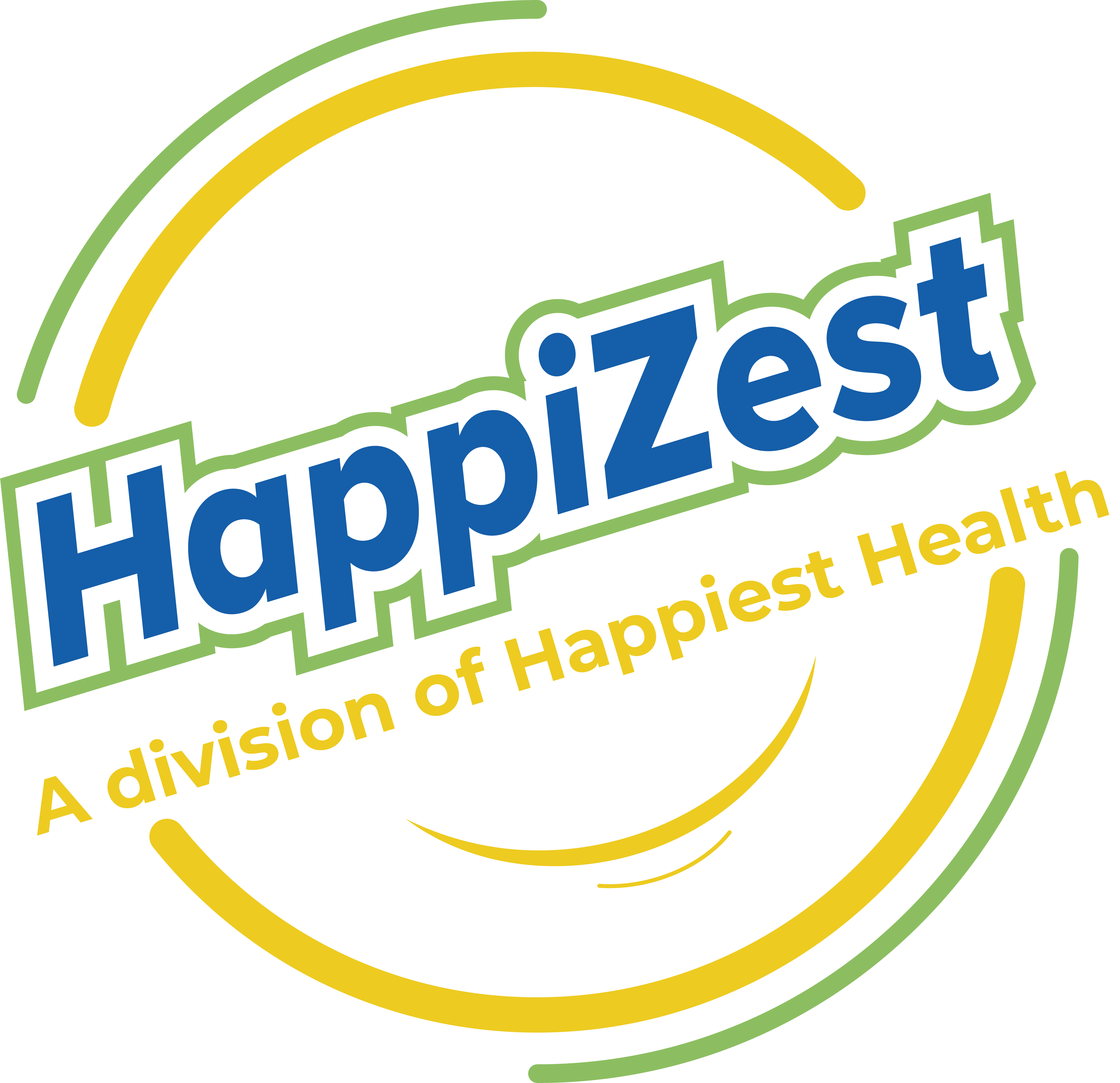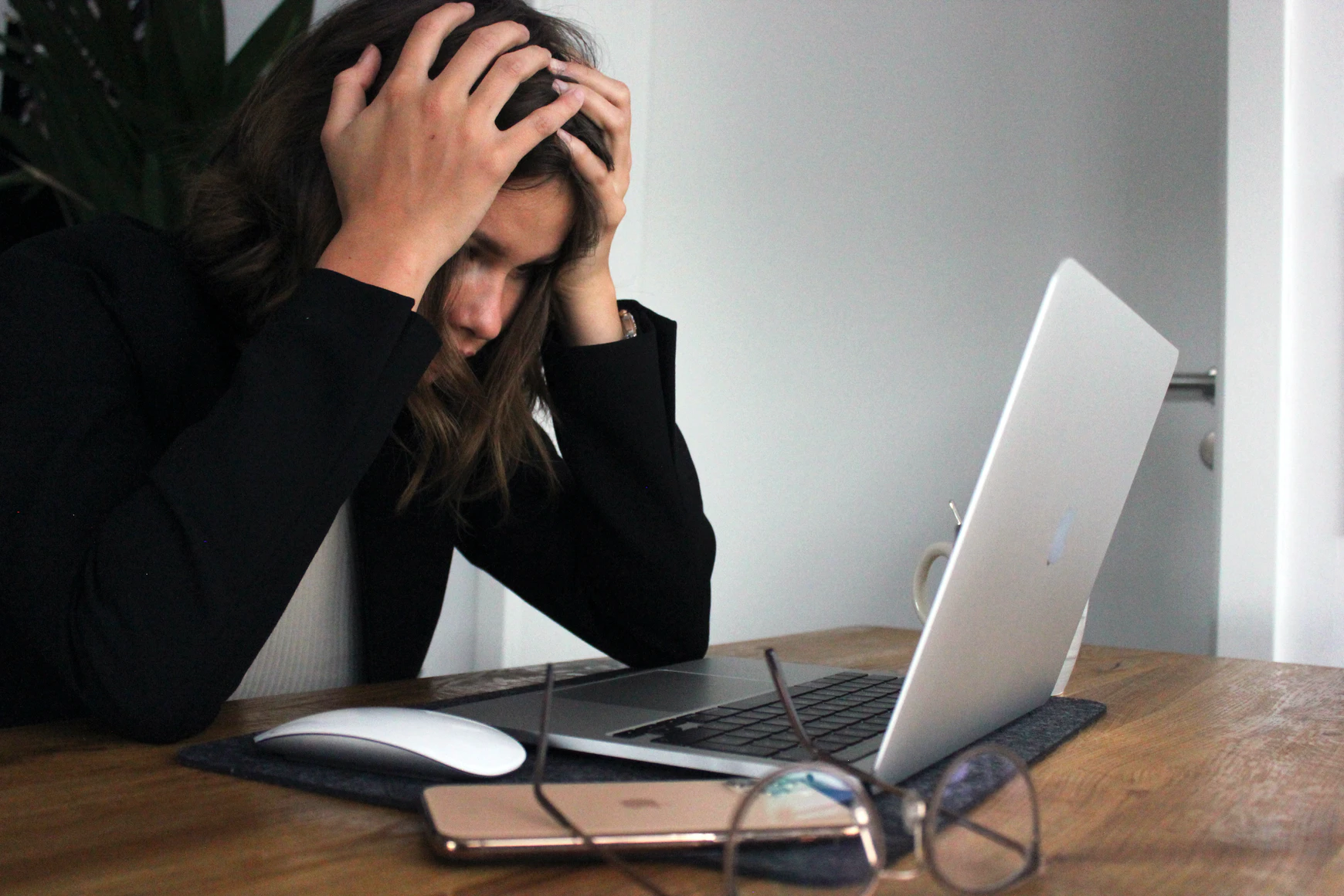We all have good days and bad days; it hinges in balance like yin and yang. However it is important to recognize and understand our emotions in order to get help when it is required. Are you feeling dreary because of a certain situation? Or are you feeling blue for long periods of time? World Suicide Prevention Day was observed on 10th September, emphasising the need to educate ourselves on mental health. Let us discuss the often overlooked difference between sadness and depression.
[Read our blog on why mental health matters? ]Am I just sad or am I depressed?
It’s easy to dismiss a serious problem by labelling it as a minor issue or to over-analyse a simple occurrence as a life altering condition. It’s important to be able to identify the differences between sadness and depression so that we can understand, get help or lend support when it is needed.
Sadness is dependent on a specific situation. Feeling upset or sad is an instantaneous response to a situation that isn’t in our favour. It could be a job offer that doesn’t materialise, loved ones treating us badly or small failures leading to us feel teary eyed and downtrodden. Sadness comes and goes and we may also be able to engage in happier events that are occurring at the same time.
Although depression can appear similar to sadness, it is vastly different. Depression can be triggered by a stressor and can hang over you even when everything in your life is going great. It persists for extensive periods of time. Like a large, heavy blanket, depression muffles your positive perspective on life leaving you with negative feelings of self-criticism and worthlessness. Excessive disturbance of your sleeping patterns, change in appetite and an inability to feel pleasure in most activities are symptoms of depression.
In simple terms, sadness is an emotion and depression is a mental illness.

Types of depression
Depression is an overarching term encompassing many types of disorders. Some of the important ones are:
- Major Depressive Disorder – Also known as Classic Depression or Unipolar Depression, MDD can last for weeks or even months. Symptoms include: oversleeping or insomnia, constant anxiety, hopelessness, lack of concentration, fatigue and thoughts of self-harm.
While some people experience a single episode of major depression, a majority of people with Major Depressive Disorder have recurring symptoms throughout their lives. No matter the duration, MDD can hamper positive relationships and day-to- day activities. - Persistent Depressive Disorder – Also called Chronic Depression or Dysthymia, Persistent Depression is diagnosed if experienced for two years or more. Since it is of a longer duration, it can often be mistaken as a normal outlook on life or can be misdiagnosed. Symptoms include: feelings of hopelessness and inadequacy, social withdrawal and change in appetite.
Persistent Depression can be experienced in different ranges of intensity. The severity decreases for a few months before worsening once more. - Bipolar Disorder – Commonly known as Manic Depression, Bipolar Disorder comprises of periods of mania or hypomania mixed with periods of extreme depression. Emotions swing back and forth; from highs to lows. Symptoms are divided based on manic episodes and depressive episodes. Symptoms of hypomania include: excessive energy, irritability, unusual self-destructive behaviour and overconfident or grandiose thinking. The symptoms of depressive episodes are similar to those felt under Major Depressive Disorder.
- Seasonal Affective Disorder – This form of depression emerges when days get shorter during fall or winter. The mood change occurs due to variations in the body’s natural daily rhythm, eye sensitivity to light and alterations in serotonin and melatonin production. Symptoms include: social withdrawal, feelings of sadness, hopelessness, increased weight gain and an increased need for sleep.
- Perinatal Depression – It occurs during pregnancy and is often confused with Postpartum Depression which is commonly experienced after giving birth. Symptoms include: rage, anxiety, sadness, thoughts of self-harm or thoughts of harming the baby.
- Premenstrual Dysphoric Disorder – It is an intense form of Premenstrual Syndrome or PMS. Women with PDD tend to experience severe depression and sadness that is detrimental to daily living. It is frequently dismissed as a bad case of PMS but can include thoughts of suicide and inability to handle daily tasks. Symptoms include: panic attacks, headaches, muscle pain, sadness, irritability and anger.
- Psychotic Depression – It is a combination of symptoms of major depression and periods of losing touch with reality. People experiencing Psychotic Depression have episodes of delusions, hallucinations and paranoia.
Dealing with an employee suffering from depression.
It can feel awkward and uncomfortable to approach a co-worker about a personal issue. However, it is important to ensure that the person is aware that they have support and methods to help them through a difficult time.
- Learn about depression – Depression is not a character flaw. It is a disorder that the person has no voluntary control over and should not be stigmatized. When you take steps to learn about the symptoms and treatments for depression, it becomes easier to lend a supportive hand to someone in need.
- Pay attention to the signs – There are often signs that an employee might display when suffering from depression. Difficulty in concentrating or making decisions, low confidence and a significant change in performance, withdrawal from co-workers, absenteeism and tardiness can signify a change in mental wellbeing. Picking up on these small details and handling it in a timely fashion can help your staff.
- Be flexible when possible – An employee suffering from depression may require time away from work for treatment and help. Recognize the need for assistance and try to accommodate such requests whenever you can. Company policy should treat depression as an illness that falls under sick leave, so ensure that such stipulations are in place.
- Organize an effective employee assistance program – Having professional help on board for employees facing difficult situations, is always a positive asset to your company. Give your staff access to expert advice and assistance when needed. Ensure that the program meets mental health standards and collect employee feedback for any further improvements.
- Organize informative webinars and seminars – Help your employees understand how to approach depression and the various methods to deal with it effectively. Many people experience symptoms and brush it off without seeking assistance. Interesting, informative webinars or seminars can help them identify issues they are dealing with so as to seek help.
How can we help you?
The Fuller Life believes in overall wellbeing; emotional, physical and financial. For us, focusing on one aspect is not enough; we want to help your company navigate the path to great health with the most detailed map possible. Taking time to implement effective programs for wellness will always have a positive impact on your employees and your company.
Are you ready to focus on health and happiness within your organization? Try our creative and engaging seminars and webinars or implement an effective Employee Assistance Program with our help. With the right guidance, any route is navigable!
Contact us!
+91 80500 58002/3 | reachus@thefullerlife.com






